Creating A Sensory Garden - Ideas And Plants For Sensory Gardens
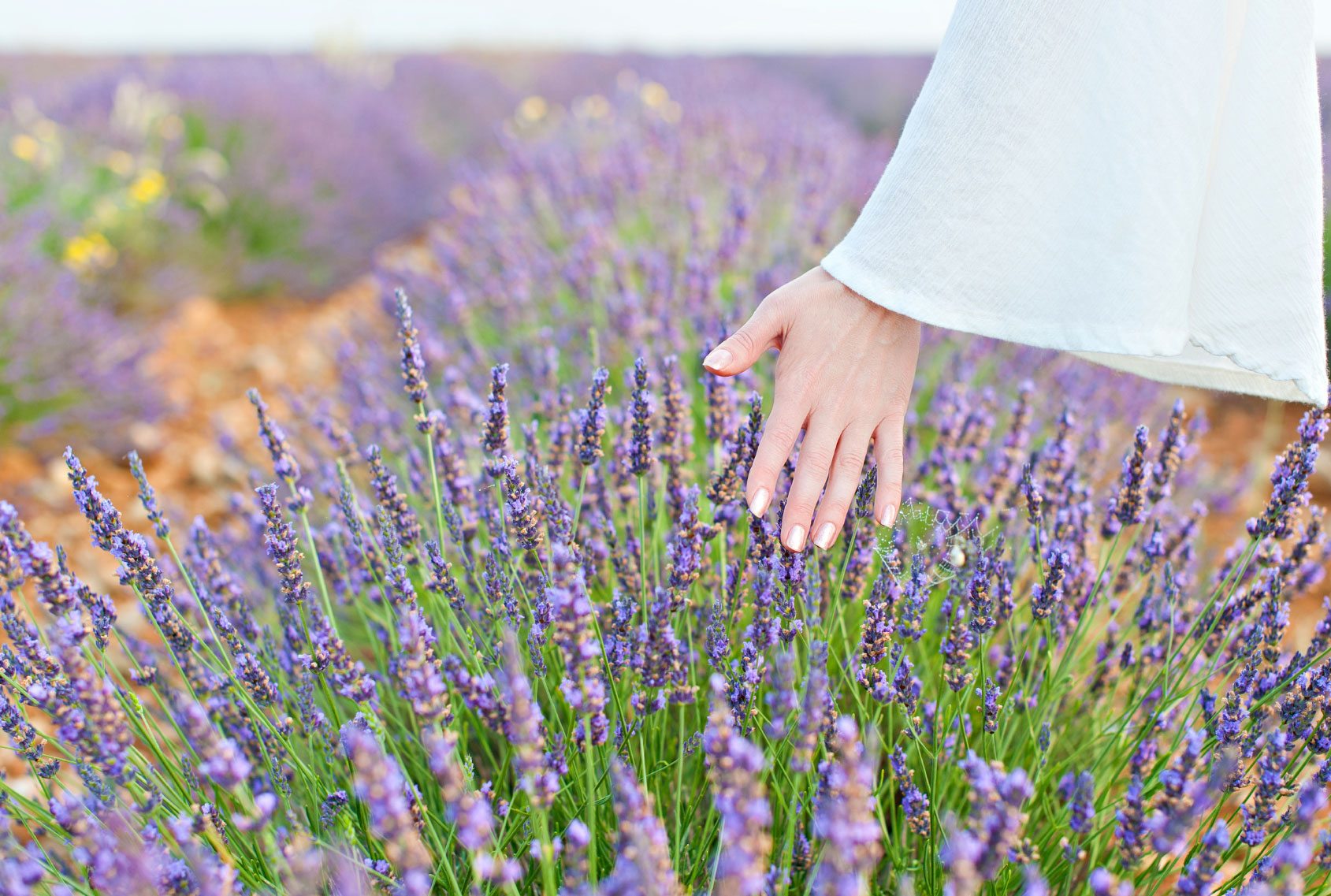
All gardens appeal to the senses in one way or another, as every plant bears individual characteristics that entice different senses in unique ways. There is nothing more pleasant than to stroll through a garden and admire the rainbow of colors and diversity in texture while taking in the sweet fragrance of flowers in bloom.
What are Sensory Gardens?
Sensory gardens strive to maximize the sensory impact that the garden has on its visitors. Sensory gardens can be themed, divided into sections, or presented as a whole. Sensory gardens are user-friendly and encourage garden guests to touch, taste, admire, and listen. Creating a sensory garden is an exciting and worthwhile project that provides limitless opportunities to teach and exercise horticultural healing therapy techniques.
How to Create a Sensory Garden
Sensory garden design ideas are plentiful and can be suited to any garden objective. If you are planning a garden as a teaching tool for small children, for instance, you will want to keep your space small and plant heights within reach. If you are creating a sensory garden space for persons in wheelchairs, you will want the plant height and hardscape elements to be practical for this audience. The beauty of sensory gardens is that they can be adapted to a wide variety of users.
Start with a well thought out plan and be sure to accommodate space for the mature size of the plants you have chosen. Incorporate hardscape elements such as benches, paths, water fountains, bird feeders, and garden art into the sensory space for an added effect.
Plants for Sensory Gardens
First and foremost when choosing plants for sensory gardens, it is imperative that you choose plants that will thrive in your garden region. Native plants are great because they are used to the environment, are less susceptible to disease, and are generally lower maintenance than other non-native plants. Next, include plants and other things that entice the senses.
Sound - To stimulate hearing, choose plant flora that make noise when the wind passes through them, such as bamboo stems. Many seedpods make interesting sounds as well and the end of season leaves provide a fun, crunching sound under feet. You can also include plants that encourage wildlife in the garden. The buzzing of a bee, the chirping of a cricket, or the whizzing of a hummingbird all stimulates the sense of hearing.
Touch - There is no shortage of plants that offer interesting textures, perfect for encouraging the sense of touch. From the baby-soft feel of a lamb's ear to the irresistible sensation of cool moss through the fingers or the brush of rough seedpods, it is possible to incorporate many different textures into the garden. Do not plant anything that may be dangerous, however, such as prickly roses or spiny agaves.
Gardening tips, videos, info and more delivered right to your inbox!
Sign up for the Gardening Know How newsletter today and receive a free copy of our e-book "How to Grow Delicious Tomatoes".
Smell - The sense of smell is extremely memorable and aromas easily find their place in our memory banks. Most sensory gardens are full of mingling aromas that entice a wide range of emotions. Highly aromatic plants, such as the sweet smelling gardenia, honeysuckle, herbs, and spices, provide ample opportunity for stimulation.
Sight - Adding visual interest to a sensory garden can be achieved by using plants with varying habits such as those that creep, climb, trail, bush, or stand upright. Incorporating plants with different bloom, leaf, bark, and stem colors provide visual appeal as well.
Taste - Edible fruits, herbs, and spices planted in a sensory garden allow visitors an opportunity to experience nature's bounty while enticing their taste buds. Vegetables can also arouse the taste buds.
-
 Try The Trend – Turn Any Bed Into A Keyhole Garden With This Clever In-Ground Composter
Try The Trend – Turn Any Bed Into A Keyhole Garden With This Clever In-Ground ComposterKeyhole gardening is an efficient and sustainable practice that saves space. Get started on this DIY project quickly and easily with an in-ground composter.
By Bonnie L. Grant
-
 4 Superfast Composting Methods: Turn Waste Into Garden Gold In 30 Days Or Less
4 Superfast Composting Methods: Turn Waste Into Garden Gold In 30 Days Or LessTry the fastest composting methods to turbocharge your pile and transform kitchen scraps and garden waste into finished compost in just a few weeks.
By Mary Ellen Ellis
-
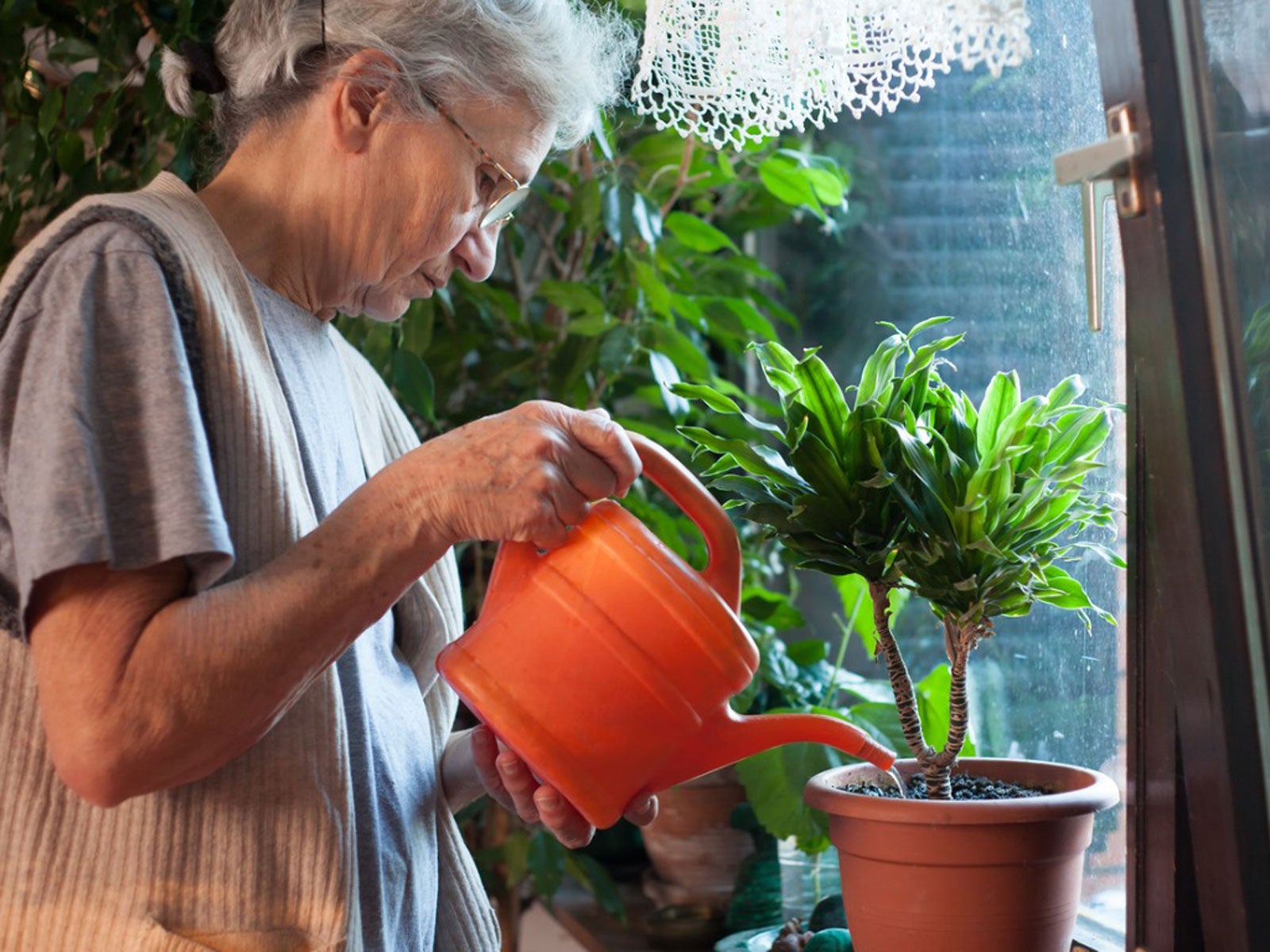 Seniors And Houseplants: Indoor Senior Gardening Ideas
Seniors And Houseplants: Indoor Senior Gardening IdeasIndoor gardening for seniors can help with depression, stress, and loneliness, especially while social distancing. Here are ideas.
By Mary H. Dyer
-
 Psychiatric Health Garden – Designing Gardens For Mental Health Patients
Psychiatric Health Garden – Designing Gardens For Mental Health PatientsClose your eyes and imagine yourself sitting in your dream garden. Does this visualization make you feel calm and relaxed? This is the concept behind planting gardens for mental health. Learn more about garden therapy and psychiatric health gardens in this article.
By Darcy Larum
-
 Healing Garden Ideas – How To Make A Healing Garden
Healing Garden Ideas – How To Make A Healing GardenEven gardens filled with nothing but ornamental plants can have some medicinal and healing value – a collection of plants meant to soothe and heal the mind and body are known as healing gardens. Click here for some healing garden ideas to help get you started.
By Darcy Larum
-
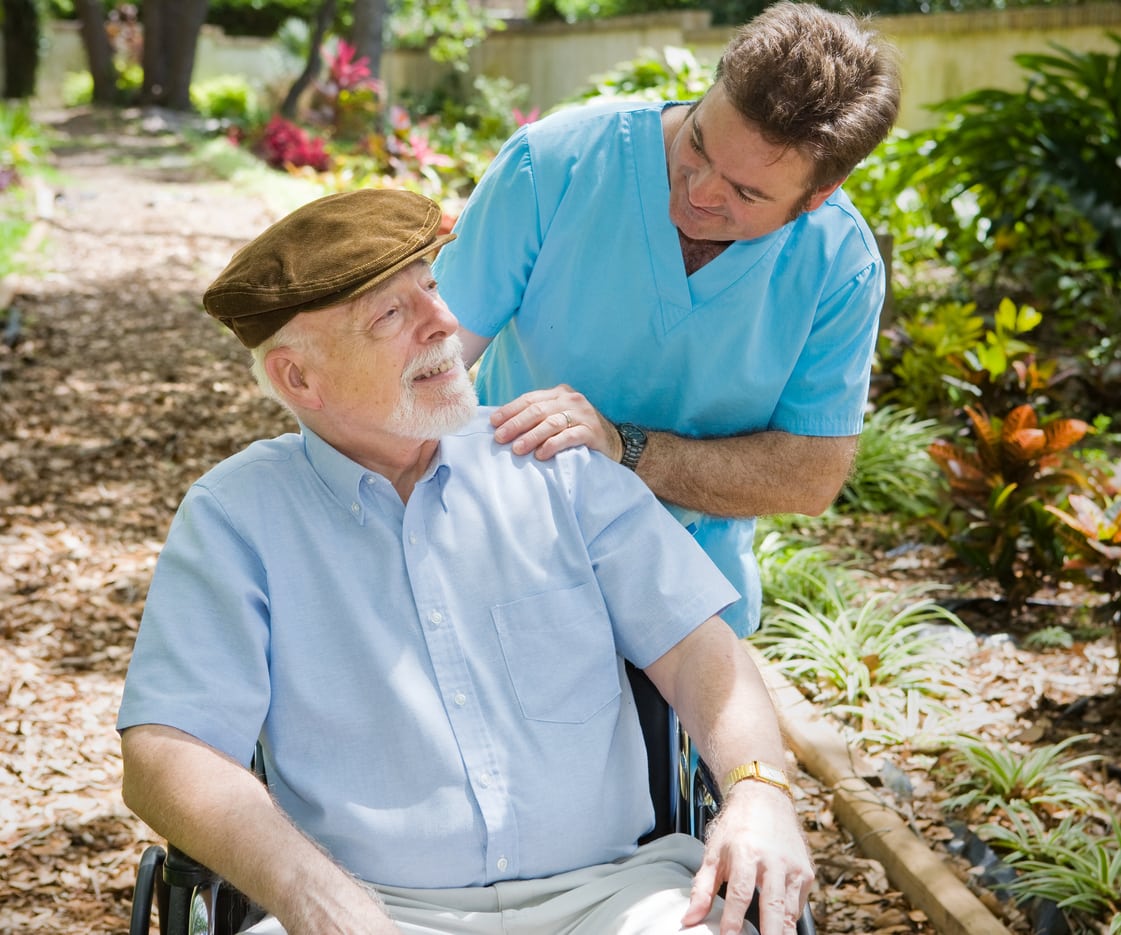 What Is A Memory Garden: Gardens For People With Alzheimer’s And Dementia
What Is A Memory Garden: Gardens For People With Alzheimer’s And DementiaPeople with dementia or Alzheimer's disease will glean a host of positive experiences from participating in the garden. Designing a memory garden allows them to enjoy exercise and fresh air as well as stimulate the senses. Learn more in this article.
By Bonnie L. Grant
-
 Hospice Garden Ideas – Learn About Gardens And Hospice Care
Hospice Garden Ideas – Learn About Gardens And Hospice CareBecause of their therapeutic benefits, gardens for those in hospice care are often incorporated into the facility. What is a hospice garden? Click here to find out about the relationship between gardens and hospice and how to design a hospice garden.
By Amy Grant
-
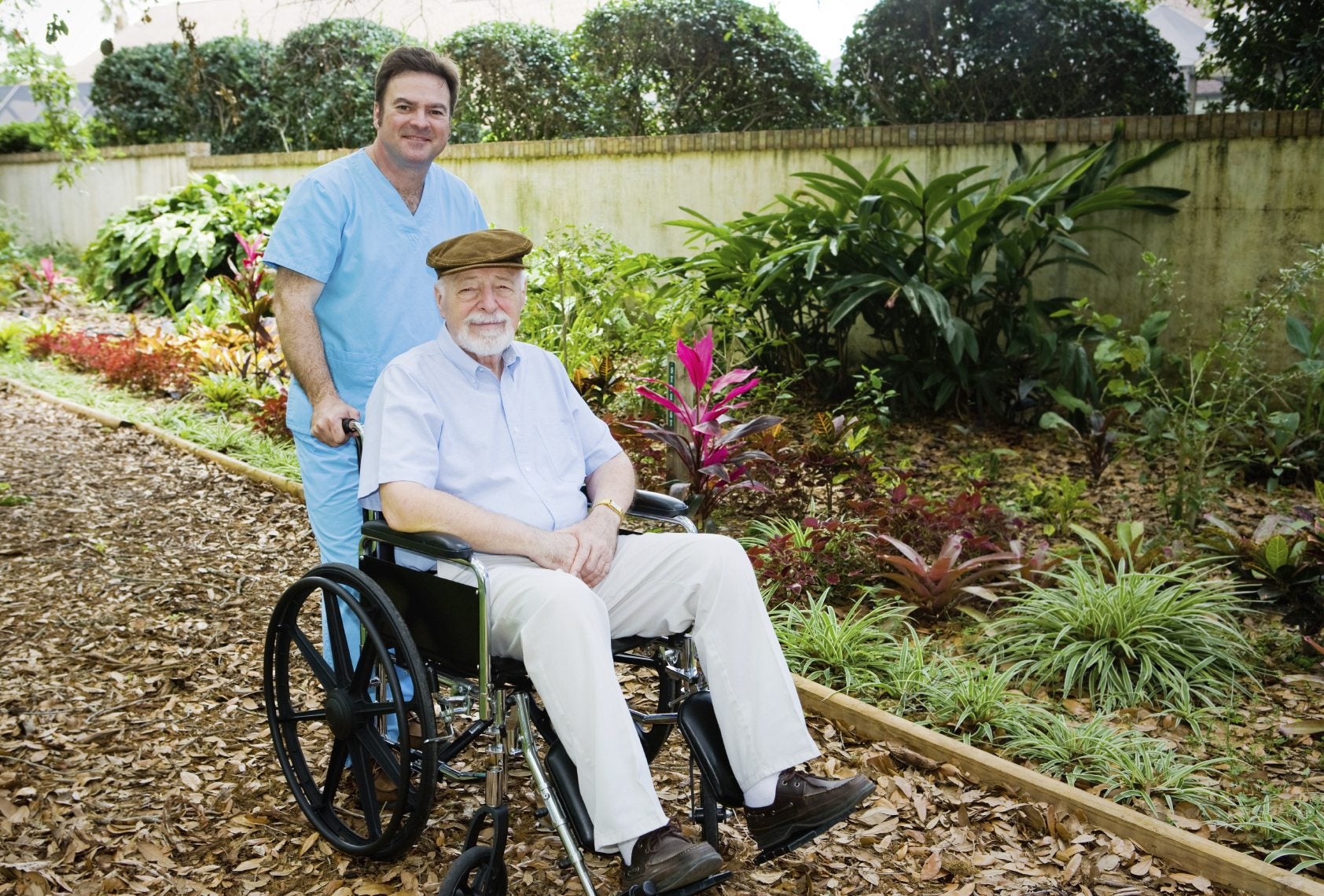 Senior Home Garden Activities: Gardening Activities For The Elderly
Senior Home Garden Activities: Gardening Activities For The ElderlyMore senior home garden activities are being offered to elderly residents of retirement homes and nursing homes, and even to patients with dementia or Alzheimer's. Click here to learn more about gardening activities for the elderly.
By Teo Spengler
-
 Gardening While Pregnant: Is It Safe To Garden When Pregnant
Gardening While Pregnant: Is It Safe To Garden When PregnantGardening while pregnant is an enjoyable way to get the exercise you need to stay healthy during pregnancy, but this form of exercise isn't without risk. Learn more about gardening during pregnancy in this article.
By Jackie Carroll
-
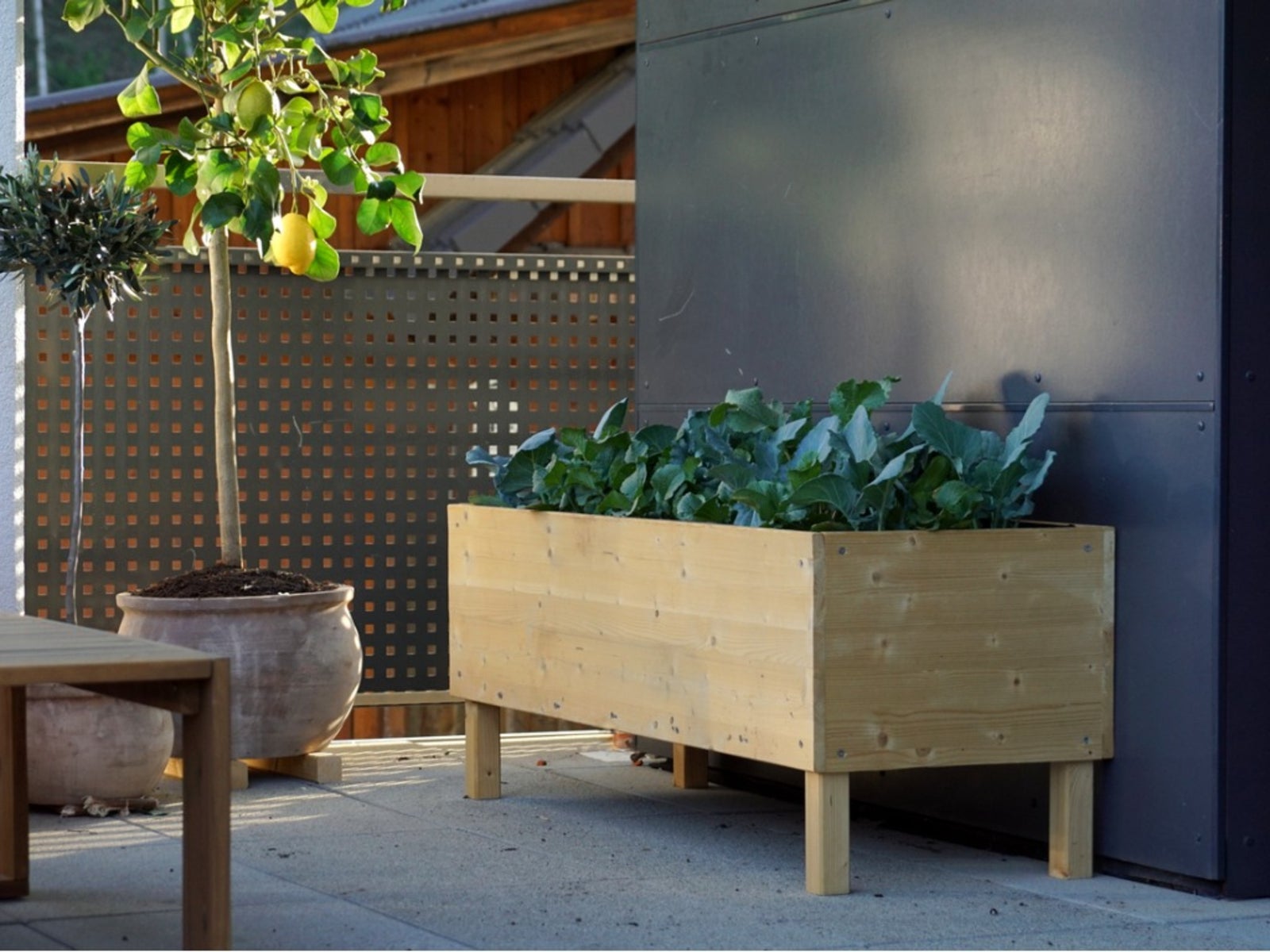 Table Garden Design: How To Build Table Garden Boxes
Table Garden Design: How To Build Table Garden BoxesWhen gardening becomes difficult, either through growing older or due to a disability, it may be time for a table garden design in the landscape. This article can help with that. Click here to learn more.
By Susan Patterson